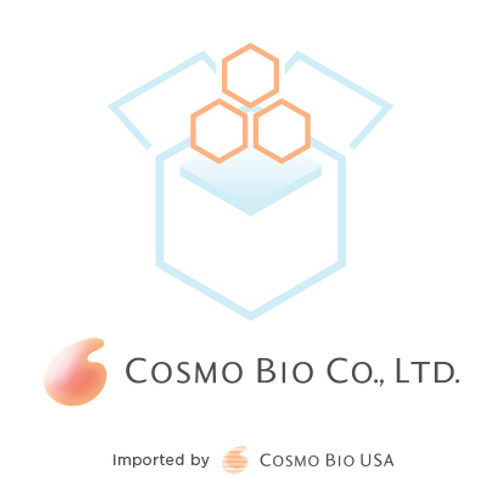
Lipopolysaccharide isolated from Pantoea agglomerans showed higher priming and triggering activities for macrophages in terms of tumor necrosis factor production than other lipopolysaccharides. To identify the difference in biological activities of lipopolysaccharide of Pantoea agglomerans from other lipopolysaccharides on the basis of structure, we determined the structure of the lipid A part, which is the biological center of lipopolysaccharides, by quantitative analysis, nuclear magnetic resonance spectroscopy and mass spectrometry. Lipopolysaccharide of Pantoea agglomerans is constructed with at least two kinds of lipid A of different levels of acylation. One is of the same type as that of Escherichia coli with hexa-acyl lipid A and the other is the Salmonella minnesota type with hepta-acyl lipid A.
Excerpted from: Chie Kohchi, Hiro yuki Inagawa, Takashi Nishizawa, Takatoshi Yamaguchi, Shiro Nagai and Gen-Ichiro Soma: "Applications of Lipop olysaccharide Derived from Pantoea agglomerans (IP-PA1) for Health Care Based on Macrophage Network Theory". J. Biosci. Bioeng., Vol. 102, 485-496 (2006). PMID: 17270712
Innate immunity is a universal prophylactic system which all multi-cellular animals possess. Macrophages are the cells that play the central role in the innate immune system. In 1991, we discovered a substance in a water extract of wheat flour that activated macrophages after oral or intradermal administration. The active substance was lipopolysaccharide (LPS), which is derived from the cell walls of Pantoea agglomerans, gram-negative bacteria that grows symbiotically with wheat. We named the substance IP-PA1 (immuno potentiator from P. agglomerans, former name: LPSp). The IP-PA1 is considered to be useful in various fields such as health food (to prevent and improve metabolic syndromes), skincare products (to maintain healthy skin, to improve atopic dermatitis, and to resist aging), and as active ingredients in feeds for stockbreeding and aquaculture (to act as a defense against infection). In this manuscript, we discuss the significance of activation of macrophages through oral or intradermal administration, the discovery of IP-PA1 as a macrophage-activating substance, the chemical structure of IP-PA1, the use of IP-PA1 to improve various disorders, the mechanism of action, and the possibility of application of IP-PA1 to various fields.
Excerpted from: Tsukioka D, Nishizaw a T, Miyase T, Achiwa K, Suda T, Soma G-I, and Mizuno D.:Structural characterization of lipid A obtained from P antoea agglomerans lipopolysaccharide. FEMS Microbiology Letters 149, 239-244 (1997). PMID: 9141664
| Documents & Links for Lipopolysaccharide from Pantoea agglomerans (IP-PA1) | |
| Datasheet | iat-mac0001_lipopolysaccharide_datasheet.pdf |
| Vendor Page | Lipopolysaccharide from Pantoea agglomerans (IP-PA1) at Cosmo Bio |
| Documents & Links for Lipopolysaccharide from Pantoea agglomerans (IP-PA1) | |
| Datasheet | iat-mac0001_lipopolysaccharide_datasheet.pdf |
| Vendor Page | Lipopolysaccharide from Pantoea agglomerans (IP-PA1) |


